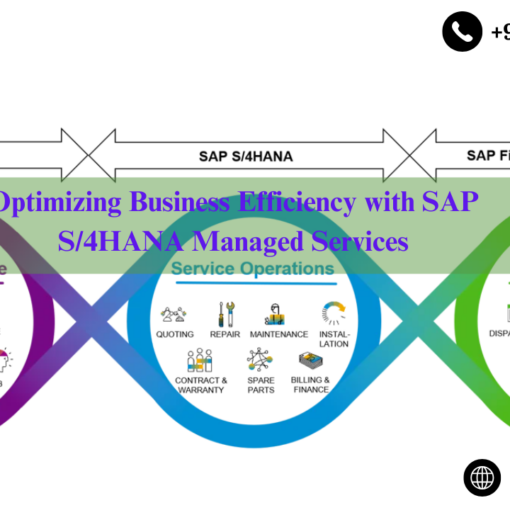Introduction
In today’s fast-paced business world, efficient warehouse management is a critical component of success. Companies need to optimize their warehouse operations to meet customer demands, reduce costs, and streamline processes. SAP Warehouse Management, a module within the SAP suite, is a game-changer for businesses looking to achieve these goals. In this comprehensive guide, we will explore SAP Warehouse Management, its benefits, implementation, and how it can revolutionize your logistics operations.
Understanding SAP Warehouse Management
What is SAP Warehouse Management?
SAP Warehouse Management, often referred to as SAP WM, is an integrated module within SAP’s enterprise resource planning (ERP) system. It offers businesses a robust set of tools and functionalities to efficiently manage and control warehouse activities. From inventory management to order processing, SAP WM provides a centralized platform to handle every aspect of warehouse operations.
Key Features of SAP Warehouse Management
- Inventory Management: Real-time visibility into inventory levels, stock movements, and bin locations.
- Order Processing: Efficient processing of customer orders with features like order picking, packing, and shipping.
- Resource Optimization: Intelligent allocation of resources, such as labor and equipment, to maximize productivity.
- Task Management: Automation of warehouse tasks, including replenishment, stock transfers, and cycle counting.
- Integration: Seamless integration with other SAP modules like SAP Sales and Distribution and SAP Material Management.
Benefits of Implementing SAP Warehouse Management
Enhanced Efficiency and Accuracy
SAP WM eliminates manual processes and reduces human errors, leading to higher accuracy in inventory management and order fulfillment. With automated tasks and real-time data, operations run smoothly and efficiently.
Cost Reduction
Efficient warehouse management translates to cost savings. Reduced labor costs, optimized space utilization, and better resource allocation all contribute to lower operational expenses.
Improved Customer Service
Faster order processing and accurate deliveries result in improved customer satisfaction. Meeting customer expectations becomes easier with SAP WM.
Real-time Visibility
SAP WM provides real-time visibility into warehouse operations. Managers can monitor stock levels, track orders, and make informed decisions quickly.
Implementing SAP Warehouse Management
Assessment and Planning
Before implementation, businesses need to assess their current warehouse processes and set clear goals. This step is crucial for tailoring SAP WM to specific needs.
Configuration and Customization
SAP WM is highly configurable and can be customized to align with an organization’s unique requirements. This involves defining warehouse structures, storage types, and stock movements.
Data Migration
Migrating existing data into SAP WM is a critical step. This includes transferring data on inventory, stock levels, and customer orders.
Training and Testing
Proper training of staff is essential. End-users must be familiar with SAP WM’s functionalities. Rigorous testing ensures that the system performs as expected.
Go-live and Support
After successful implementation, businesses can go live with SAP WM. Continuous support and maintenance are crucial to address any issues and ensure the system’s smooth operation.
Conclusion
In conclusion, It is a powerful solution for businesses seeking to optimize their warehouse operations. It offers a wide range of benefits, from enhanced efficiency and cost reduction to improved customer service. By following best practices in its implementation, companies can unlock the full potential of SAP WM and transform their logistics operations.
FAQs
1. What is SAP WM?
SAP WM is an integrated module within SAP’s ERP system that helps businesses efficiently manage and control warehouse activities, including inventory management and order processing.
2. How can SAP WM benefit my business?
SAP WM enhances efficiency, reduces costs, improves customer service, and provides real-time visibility into warehouse operations.
3. Is SAP WM suitable for small businesses?
Yes, SAP WM can be tailored to the needs of small businesses, providing cost-effective solutions for warehouse management.
4. What steps are involved in implementing SAP WM?
Implementation involves assessment, planning, configuration, data migration, training, testing, and ongoing support.
5. Can SAP WM integrate with other SAP modules?
Yes, SAP WM seamlessly integrates with other SAP modules like SAP Sales and Distribution and SAP Material Management, ensuring a holistic approach to business operations.





